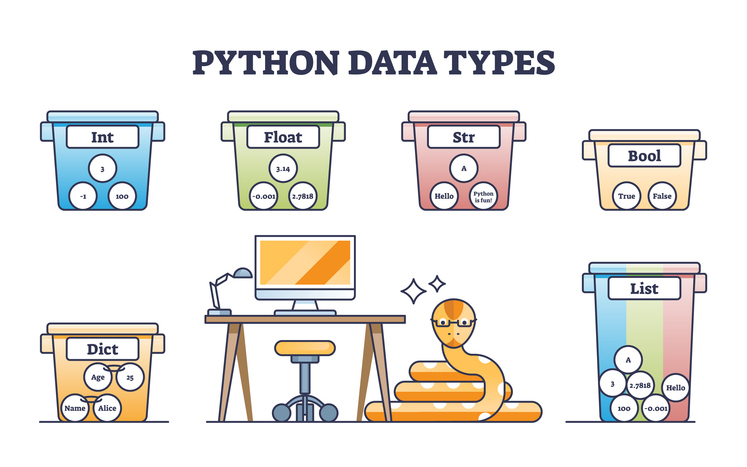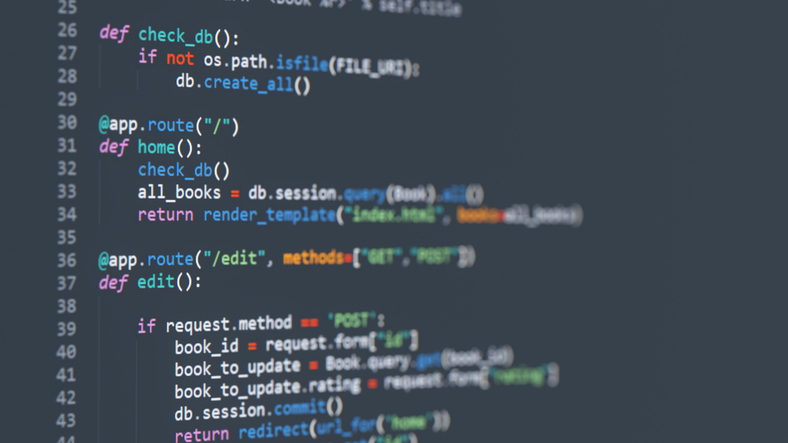4 min read
Getting Started with Python: Installation and Basics
Embarking on the journey of learning programming is like setting sail into a vast ocean of opportunities. Among the numerous languages charting the...
3 min read
![]() The Amazing Team at Skills Data Analytics
:
May 7, 2024 6:59:19 AM
The Amazing Team at Skills Data Analytics
:
May 7, 2024 6:59:19 AM
Data wrangling—this might sound like a buzzword straight out of a sci-fi series, but it’s actually one of the most crucial steps in the data analytics process. In the world of Python programming, it turns raw data into a treasure trove of insights and opportunities. It's exciting to think about how data, when properly harnessed, can transform entire industries. Whether you're a novice intrigued by data possibilities or a seasoned analyst, mastering data wrangling in Python is a vital skill. This blog will arm you with practical techniques, share real-life case studies from giants like Netflix, and offer best practices that will refine your approach to Python data tasks. Let’s dive into the transformative journey of data wrangling!
Before we manipulate data, we need to understand what we're dealing with. Data wrangling, in its essence, involves sorting, cleaning, and organizing raw data into a more digestible format. The heartbeat of this process is encapsulated in ETL (Extract, Transform, and Load) operations. Here’s what it entails:
Understanding ETL is crucial because it’s the framework upon which businesses can make informed decisions. For example, Netflix uses ETL to integrate data from its millions of users to tailor unique viewing recommendations and optimize streaming experiences.
Python is a giant in the realm of programming languages, largely due to its simplicity and the powerful libraries it hosts, like Pandas and NumPy. These tools make Python an ideal choice for custom data wrangling efforts. Here’s how you can leverage Python in your ETL processes:
requests library to pull data from the web, or connect to APIs and databases to fetch datasets.SQLAlchemy or even Pandas’ built-in methods to interface with databases.These steps, when executed well, ensure that your data is not just voluminous but valuable.
Data wrangling can be messy without a structured approach. Here are some best practices that have helped me and many others maintain clarity and efficiency:
These practices are not just theoretical. In my experience, they have directly contributed to more insightful analyses and robust data products.
For those who are comfortable with the basics and ready to level up, Python offers advanced tools that can significantly enhance your data wrangling capabilities:
These tools are powerful additions to your data wrangling arsenal, potentially opening up new avenues for data exploration and productivity.
As we wrap up, remember that the journey of mastering data wrangling in Python is one of continuous learning and practice. Here are a few key takeaways:
Embracing these techniques and tools will not only enhance your skill set but also open up numerous opportunities in the field of data analytics. Consider furthering your expertise through structured learning paths like bootcamps, which can provide deep dives into more complex aspects of data science.
Remember, every piece of data has a story to tell, and with Python, you’re superbly equipped to tell it!
Also Read: Evolution of Cloud Computing: From Conventional Data Centers to Distributed Systems
For further exploration of data analysis and analytics, check out our bootcamp program on Data Analytics.
FAQs:
What is data wrangling in Python? Data wrangling in Python involves using libraries like Pandas and NumPy to clean, organize, and transform data into a format suitable for analysis.
Why are ETL operations important? ETL operations are crucial as they help in extracting data from various sources, transforming it into a cleaner format, and loading it into an analysis tool, making data ready for decision-making.
Can Python handle large datasets for data wrangling? Yes, Python is very capable of handling large datasets, especially with libraries designed to optimize performance and efficiency, like Pandas and Dask.
What are some common mistakes in data wrangling? Common mistakes include ignoring missing data, mishandling data types, and failing to validate data post-transformation.
How can I learn more about data wrangling in Python? Engaging in online courses, bootcamps, and hands-on projects are great ways to deepen your understanding of data wrangling in Python.

4 min read
Embarking on the journey of learning programming is like setting sail into a vast ocean of opportunities. Among the numerous languages charting the...

5 min read
Picture yourself embarking on a grand adventure, not through treacherous landscapes or ancient ruins, but through the realms of Python programming,...

14 min read
There's something almost magical about the moment you realize you can make your computer do your bidding with just a few lines of code. It's like...